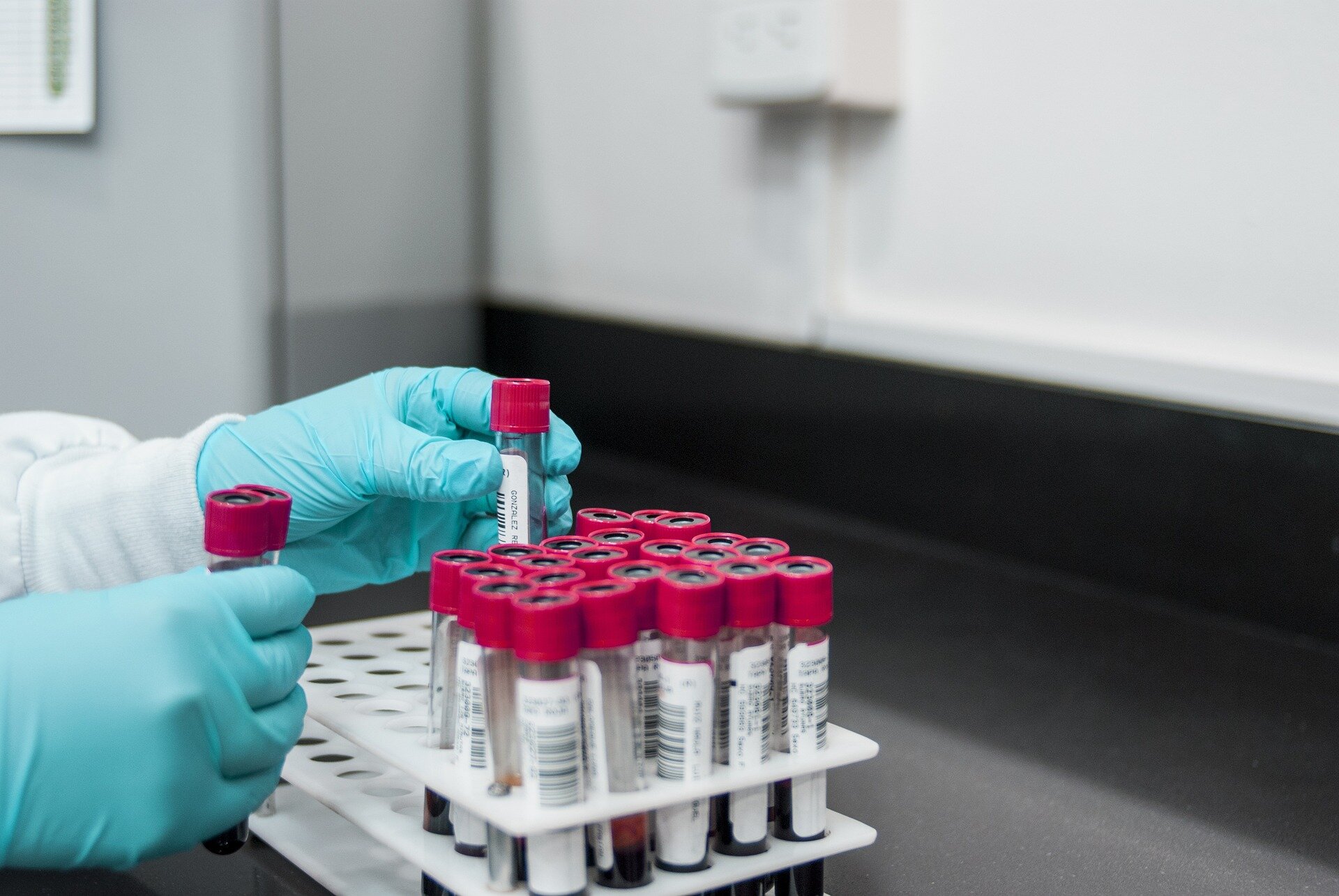New blood test for stroke detection combines blood-based biomarkers with a clinical score


Stroke is the leading cause of disability worldwide and the second leading cause of death, but the right early intervention can prevent severe consequences. A new study led by investigators from Brigham and Women’s Hospital and collaborators describes how the team developed a new test by combining blood-based biomarkers with a clinical score to identify patients experiencing large vessel occlusion (LVO) stroke with high accuracy.
The results are published in the journal Stroke: Vascular and Interventional Neurology.
“We have developed a game-changing, accessible tool that could help ensure that more people suffering from stroke are in the right place at the right time to receive critical, life-restoring care,” said senior author Joshua Bernstock, MD, Ph.D., MPH, a clinical fellow in the Department of Neurosurgery at Brigham and Women’s Hospital.
Most strokes are ischemic, in which blood flow to the brain is obstructed. LVO strokes are an aggressive type of ischemic stroke that occurs when an obstruction occurs in a major artery in the brain. When blood supply to the brain is compromised, the lack of oxygen and nutrients causes brain cells to die within minutes. LVO strokes are major medical emergencies and require the swift treatment with mechanical thrombectomy, a surgical procedure that retrieves the blockage.
“Mechanical thrombectomy has allowed people that otherwise would have died or become significantly disabled be completely restored, as if their stroke never happened,” said Bernstock. “The earlier this intervention is enacted, the better the patient’s outcome is going to be. This exciting new technology has the potential to allow more people globally to get this treatment faster.”
The research team had previously targeted two specific proteins found in capillary blood, one called glial fibrillary acidic protein (GFAP), which is also associated with brain bleeds and traumatic brain injury; and one called D-dimer.
In this study, they demonstrated that the levels of these blood-based biomarkers combined with field assessment stroke triage for emergency destination (FAST-ED) scores could identify LVO ischemic strokes while ruling out other conditions such as bleeding in the brain. Brain bleeds cause similar symptoms to LVO stroke, making them hard to distinguish from one another in the field, yet treatment for each is vastly different.
In this prospective, observational diagnostic accuracy study, the researchers looked at data from a cohort of 323 patients coded for stroke in Florida between May 2021 and August 2022. They found that combining the levels of the biomarkers GFAP and D-dimer with FAST-ED data less than six hours from the onset of symptoms allowed the test to detect LVO strokes with 93% specificity and 81% sensitivity. Other findings included that the test ruled out all patients with brain bleeds, signaling that the technology may ultimately also be employed to detect intracerebral hemorrhage in the field.
Bernstock’s team also sees promising potential future use of this accessible diagnostic tool in low- and middle-income countries, where advanced imaging is not always available. It might also be useful in assessing patients with traumatic brain injuries. Next, they will carry out another prospective trial to measure the test’s performance when used in an ambulance. They have also designed an interventional trial that leverages the technology to expedite the triage of stroke patients by having them bypass standard imaging and move directly to intervention.
“In stroke care, time is brain,” Bernstock said. “The sooner a patient is put on the right care pathway, the better they are going to do. Whether that means ruling out bleeds or ruling in something that needs an intervention, being able to do this in a prehospital setting with the technology that we built is going to be truly transformative.”
Additional authors include Yasir Durrani, Jakob V. E. Gerstl, Danielle Murphy, Ashley Harris, Imane Saali, Toby Gropen, Shashank Shekhar, Ari D. Kappel, Nirav J. Patel, Rose Du, Rodolfo E. Alcedo Guardia, Juan C. Vicenty-Padilla, Adam A. Dmytriw, Vitor Mendes Pereira, Saef Izzy, Allauddin Khan, Mohammed A. Aziz-Sultan, David S. Liebeskind, Jason M. Davies, Adnan H. Siddiqui, and Edoardo Gaude.
More information:
Durrani Y, Prospective validation of GFAP, D-dimer and clinical scales for acute large vessel occlusion ischemic stroke detection, Stroke Vascular and Interventional Neurology (2024). DOI: 10.1161/SVIN.123.001304
Citation:
New blood test for stroke detection combines blood-based biomarkers with a clinical score (2024, May 17)
retrieved 17 May 2024
from https://medicalxpress.com/news/2024-05-blood-combines-based-biomarkers-clinical.html
This document is subject to copyright. Apart from any fair dealing for the purpose of private study or research, no
part may be reproduced without the written permission. The content is provided for information purposes only.





